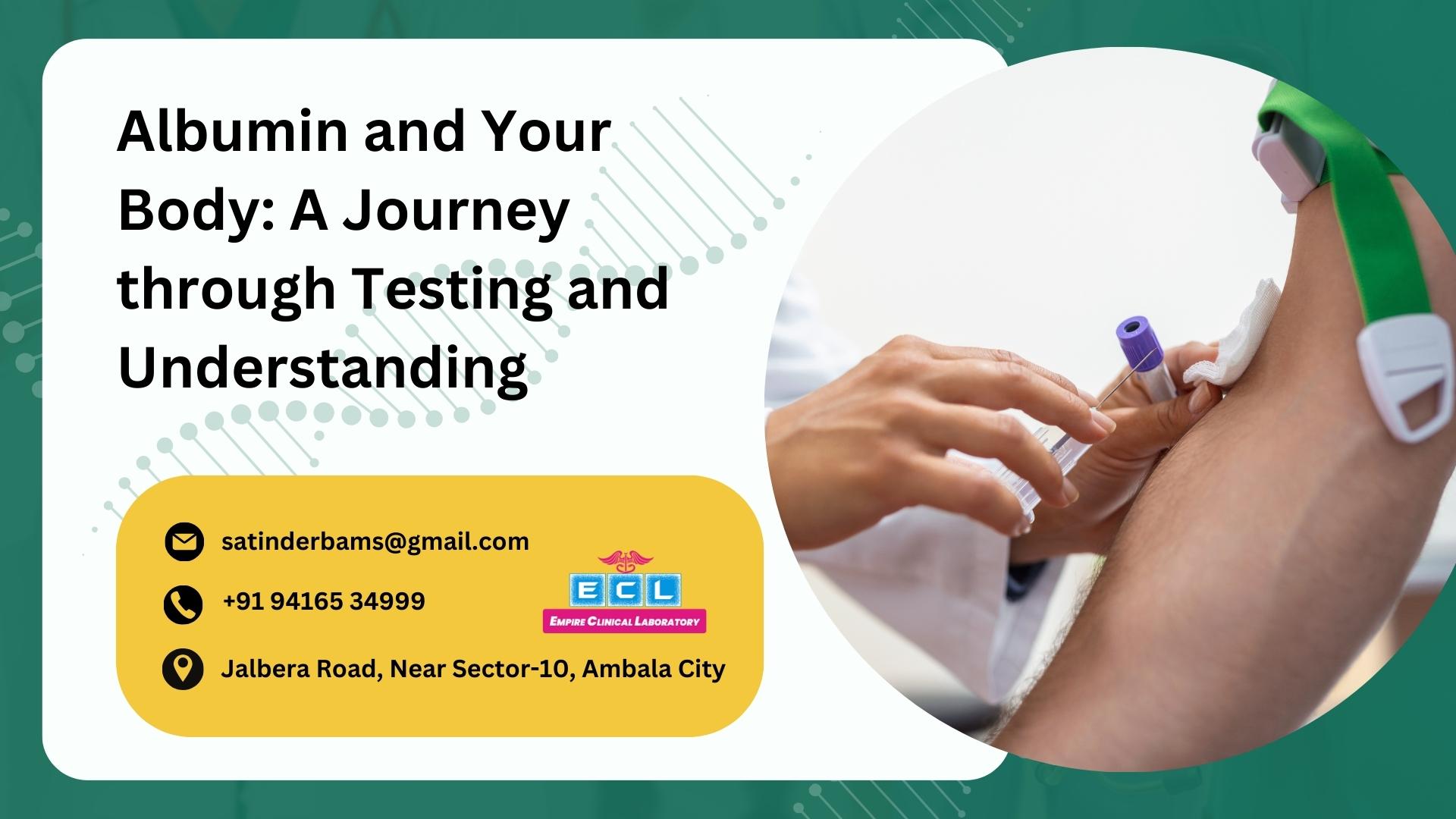Thrombocytopenia
Thrombocytopenia, often referred to as a low platelet count, is a condition where your blood has fewer platelets than normal. Platelets are tiny cells in your blood that help in clotting to stop bleeding. When you have too few platelets, it can be challenging for your body to prevent excessive bleeding.
Recognizing Thrombocytopenia Symptoms
Thrombocytopenia may not always show obvious signs, but some people experience symptoms such as:
1. Easy Bruising: You might notice bruises on your skin even from minor bumps or knocks.
2. Nosebleeds: Frequent or heavy nosebleeds can be a symptom of low platelet count.
3. Prolonged Bleeding: Small cuts may bleed for a longer time than usual.
4. Red Spots: Tiny red or purple spots, known as petechiae, can appear on your skin.
5. Internal Bleeding: In severe cases, there might be internal bleeding, which can be very dangerous.
If you notice these symptoms or have concerns, it's important to consult a healthcare professional.
Diagnosing Thrombocytopenia: Testing and Diagnosis
To diagnose thrombocytopenia, doctors will conduct various tests, including a Complete Blood Count (CBC) to measure your platelet count. Additionally, they may examine your medical history and perform a physical examination to determine the possible causes of low platelet count.
Enjoy the convenience of free sample collection right from the comfort of your home with Empire clinical Laboratory. Say goodbye to the hassle of travelling to the lab – we bring our services to you!
Thrombocytopenia Treatment Options
The treatment for thrombocytopenia depends on the severity and the underlying cause of the condition. Possible treatment options include:
1. Addressing the Underlying Cause: If a specific medical condition or medication is causing low platelet count, treating or adjusting it might resolve the issue.
2. Medications: Your doctor may prescribe medications to increase platelet production or prevent their destruction.
3. Platelet Transfusions: In severe cases, where there is a significant risk of bleeding, platelet transfusions may be recommended to raise the platelet count quickly.
4. Splenectomy: In situations where the spleen is excessively destroying platelets, surgical removal of the spleen may be considered.
5. Lifestyle Adjustments: Healthcare providers may suggest lifestyle changes to lower the risk of bleeding. This can include avoiding certain medications or activities.
If you're seeking expert medical advice and care, schedule a consultation with Dr. Satinder at Empire Clinics. With Dr. Satinder's expertise, you can trust that you'll receive top-notch healthcare and personalized attention. Don't hesitate to reach out and book your consultation today to address your health concerns and receive the best medical guidance.
In conclusion, understanding thrombocytopenia, its symptoms, testing, and treatment options is essential for early diagnosis and appropriate care. If you suspect you have thrombocytopenia or are at risk, consult a healthcare professional for guidance and treatment. Staying informed through reliable sources will empower you to make informed decisions about your health.









